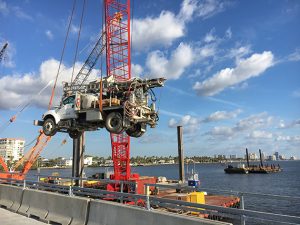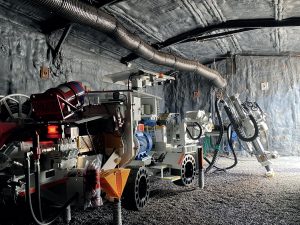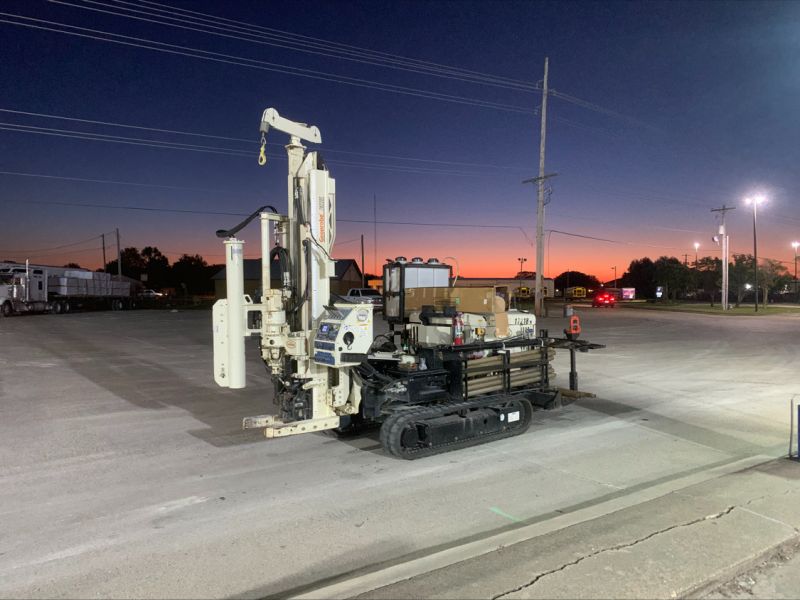Unlocking the Depths: Subsurface Adventures – The Art of Drilling
Exploring the Underworld: The Intricacies of Subsurface Drilling
Delving into the earth’s depths is not just a task; it’s an adventure. Subsurface drilling, a critical component of various industries including oil and gas exploration, mining, and geothermal energy production, requires a meticulous approach and innovative techniques. In this article, we uncover the artistry behind subsurface adventures and how it shapes the modern world.
The Science Beneath: Understanding Subsurface Drilling
Subsurface drilling involves penetrating the earth’s crust to access valuable resources or gather geological data. It requires a blend of engineering precision, geological insight, and technological prowess. The process begins with comprehensive geological surveys to identify promising locations for drilling.

Once a site is selected, engineers meticulously plan the drilling process, considering factors such as rock formations, pressure gradients, and potential hazards. Advanced technologies like seismic imaging and well logging play a crucial role in mapping subsurface structures, guiding the drilling trajectory, and optimizing resource extraction.
The Tools of the Trade: Innovations in Drilling Technology
Advancements in drilling technology have revolutionized subsurface exploration. Traditional methods, such as rotary drilling, have been augmented by cutting-edge techniques like directional drilling and hydraulic fracturing. Directional drilling allows engineers to steer the drill bit along a predetermined path, enabling access to remote or challenging reservoirs.
Hydraulic fracturing, commonly known as fracking, involves injecting high-pressure fluid into rock formations to create fractures, facilitating the extraction of oil or gas. While controversial due to environmental concerns, fracking has significantly expanded access to previously inaccessible resources.
The Environmental Imperative: Sustainability in Subsurface Exploration
As the world grapples with climate change and environmental degradation, sustainability has become a paramount concern in subsurface exploration. Companies are increasingly adopting environmentally friendly drilling practices and investing in renewable energy sources.
Technological innovations such as geothermal drilling harness the earth’s natural heat to generate clean energy, reducing reliance on fossil fuels. Additionally, initiatives to minimize carbon emissions and mitigate environmental impact are driving the development of greener drilling technologies.

Challenges and Opportunities: Navigating the Subsurface Frontier
While subsurface drilling presents immense opportunities, it also poses significant challenges. Deepwater drilling, for example, involves operating in harsh and remote environments, requiring specialized equipment and rigorous safety protocols.
Furthermore, regulatory frameworks and community engagement are crucial considerations in ensuring responsible resource extraction. Companies must navigate complex legal landscapes and foster transparent communication with stakeholders to build trust and mitigate potential conflicts.
Conclusion: The Ever-Evolving Art of Subsurface Exploration
Subsurface drilling is not merely a technical endeavor; it is an art form that blends science, engineering, and environmental stewardship. As technology advances and global energy demands continue to rise, the importance of subsurface exploration will only grow.
By embracing innovation, prioritizing sustainability, and fostering collaboration, we can unlock the earth’s hidden treasures while safeguarding its delicate ecosystems. Subsurface adventures are not just about drilling; they are about shaping a sustainable future for generations to come.

